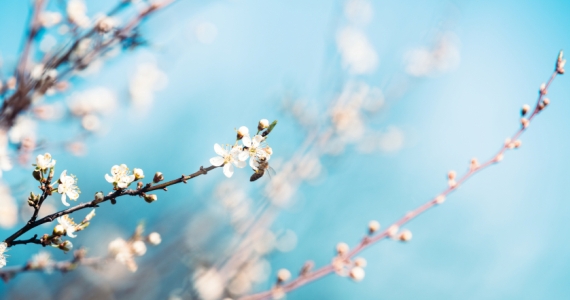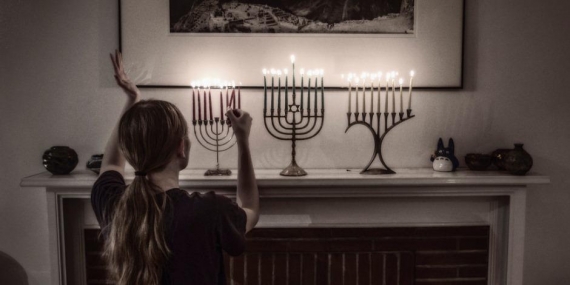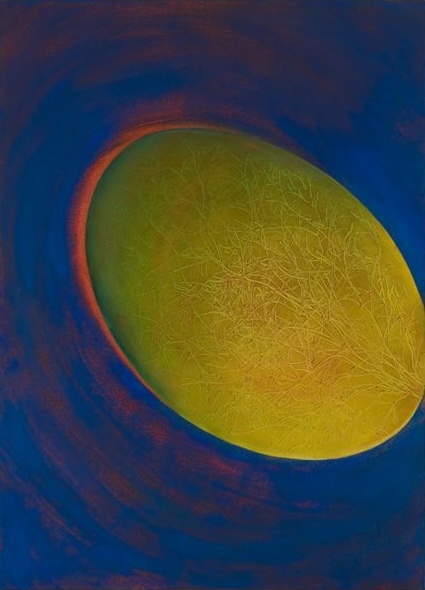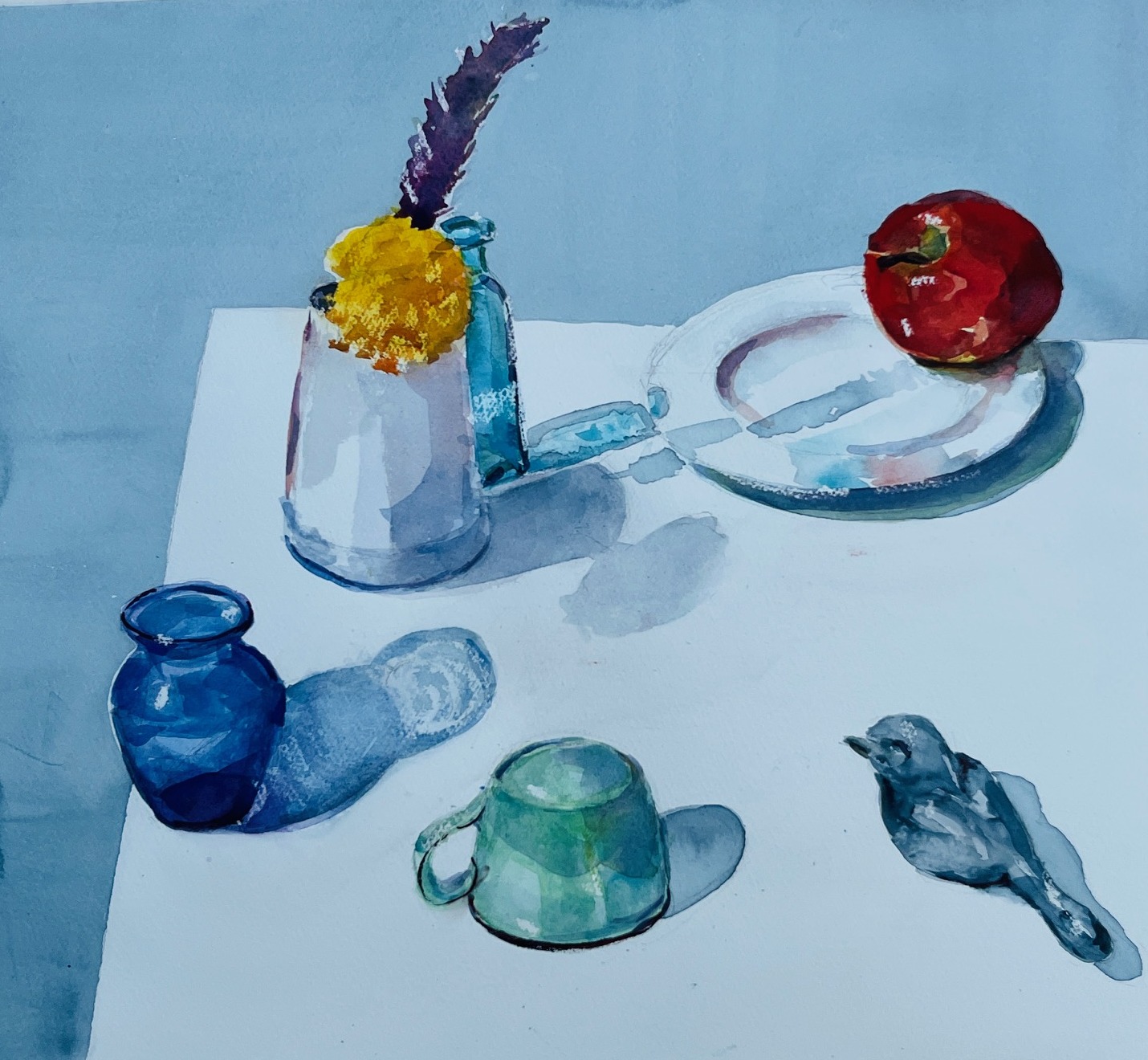Fast Facts
Iyar is the second of the twelve months of the Jewish calendar.
Iyar comes at the same time as the secular months April/May.
The mazal (constellation) for Iyar is Taurus, shor (the ox). Iyar links together the months of Nisan and Sivan. Last month, Nisan, was the time when seeds were planted. In Iyar the ox ploughs the earth, nurturing the new seeds, helping them grow into the harvest of the coming month of Sivan.
Iyar also links the months of Nisan and Sivan through the counting of the Omer. As we count the Omer, we experience our own growth, and the growth of the Jewish people. In Nisan we become a nation, born out of the Exodus from Egypt. In Iyar the Jewish people enters adolescence as we struggle to become a mature nation ready to receive the Torah in Sivan.
In the Bible, the month of Iyar is called “Ziv,” meaning radiance.
The month of Iyar is commonly referred to as the month of natural healing, for its name is an acronym for Ani Adonai Rofecha, “I am G-d your Healer” (Exodus 15:26) .
Tradition teaches that Miriam’s Well first appeared during Iyar, as did manna, the food that sustained the ancient Israelites during their desert journey.
Features
Yom Hazikaron (Israel Defense Forces Memorial Day) is observed on the 4th of Iyar. Many communities recite special memorial prayers on this day.
Yom Ha’Atzmaut (Israel Independence Day) is observed on the 5th of Iyar. Yom Ha’Atzmaut commemorates the establishment of modern Israel on this day in 1948. Many communities say special prayers of thanksgiving and hold celebratory feasts.
Lag B’Omer (the 33rd Day of the Omer) falls on the 18th of Iyar. According to tradition, a plague afflicting many students of the great sage Akiba ceased on Lag B’Omer. Thus, the 18th of Iyar is a celebratory holy day in which joyous activities that are forbidden during the rest of the Omer period are permitted. These activities include weddings, picnics, and haircuts. Many communities celebrate Lag B’Omer with bonfires and picnics.
Yom Yerushalayim (Jerusalem Reunification Day) is observed on the 28th of Iyar. This day commemorates the reunification of the city of Jerusalem in 1967.
Counting the Omer. In Leviticus, the third book of the Torah, it says, “You shall count … from the day that you brought the omer as a wave offering” (Leviticus 23:15) . The omer was a measure of barley that Jews brought as an offering to the Temple on the second day of Passover. The Bible tells us to count 49 days from the bringing of the Omer until the eve of Shavuot. Although we no longer bring barley to the Temple, these seven weeks are still known as “The Omer,” and the ritual of counting each night is known as “Counting the Omer.”
The kabbalists (Jewish mystics) saw the Omer period as a time for preparing ourselves to receive Torah on Shavuot by reflecting on one’s personal qualities. They taught that each week of the Omer we should meditate on a different spiritual quality. The kabbalists associated each spiritual quality with a color and with a part of the body. Later thinkers associated each quality with a woman from Jewish history.
Fabulous Females
All of the females associated with the Omer are fabulous. Since many of the women are featured in other months, we chose Rebecca and her nurse Deborah (a different Deborah than the one in the Omer Chart) as our Fabulous Females of Iyar.
Rebecca is the second matriarch of the Jewish people. One day when Rebecca was at her family well, a stranger approached her and she rushed to give him and all of his camels enough water to drink. This stranger turned out to be Abraham’s servant, Eliezer, who was on a mission to find a suitable wife for Abraham’s son, Isaac. Upon Eliezer’s request, Rebecca consented to marry Isaac. After a tearful goodbye in which she received her parents’ blessing, Rebecca and her nurse Deborah left her homeland and went with Eliezer to meet Isaac. It was love at first sight for both Rebecca and Isaac. Soon, Rebecca was pregnant with twins. She had a difficult pregnancy and cried out to God in pain. God answered her directly, a privilege granted no other woman in the Hebrew Bible, with the exception perhaps, of Hagar. God told Rebecca that the twins were struggling in her womb and that the “older was destined to serve the younger,” an unusual situation in those times. Years later Rebecca helps her son Jacob trick his father into giving him the blessing due his older brother so that God’s words would come true. We may not have enough information to really understand why God and Rebecca choose Jacob for leadership of the Jewish people, but Rebecca’s behavior does show us that people sometimes have to make hard choices.
Rebecca inspires us to rush to give freely and generously to those in need whose paths cross our own. She reminds us that God’s presence is with us even in the difficult times in our lives when we feel alone and in pain.
Deborah is Rebecca’s nurse. The Torah mentions this Deborah only twice – when she goes with Rebecca to live with Isaac, and when she dies and is buried. Deborah is the only servant in the Hebrew Bible whose death and burial is mentioned at all. Perhaps this indicates that Deborah was very important and beloved to Rebecca. She spent most of her life at Rebecca’s side and must have helped her through many difficult times.
Deborah invites our admiration for her hard work and her devotion. She reminds us to honor and celebrate the lives and work of nurses and healthcare workers in our day.
Foods
Since manna was first given in Iyar, foods that represent manna are wonderful for this month. The Talmud says that manna tasted different to different people: to young people it tasted like bread; to elderly people it tasted like oil (a delicacy in the desert); and to infants it tasted like honey (Yoma 75b). In many Jewish communities people bless two challahs on Friday night to represent the double portion of manna that the Israelites received on Friday nights so they would not have to forage for it on Shabbat (Exodus 16:22-25). In Iyar, try eating challah (or any other bread you enjoy) dipped in olive oil or honey. Bottled spring water can remind us of Miriam’s Well, which tradition says made its first appearance in Iyar. It’s also a great idea to eat Middle Eastern food such as falafel, humus, and Israeli salad in honor of Israel’s Independence Day.
This “Essence” is taken from the Sourcebook for Leaders, written by Rabbi Rachel Gartner and Barbara Berley Melits, for Rosh Hodesh: It’s a Girl Thing! This experiential program was created by Kolot: The Center for Jewish Women’s and Gender Studies to strengthen the Jewish identity and self-esteem of adolescent girls through monthly celebrations of the New Moon festival. The program is now available through Moving Traditions.













